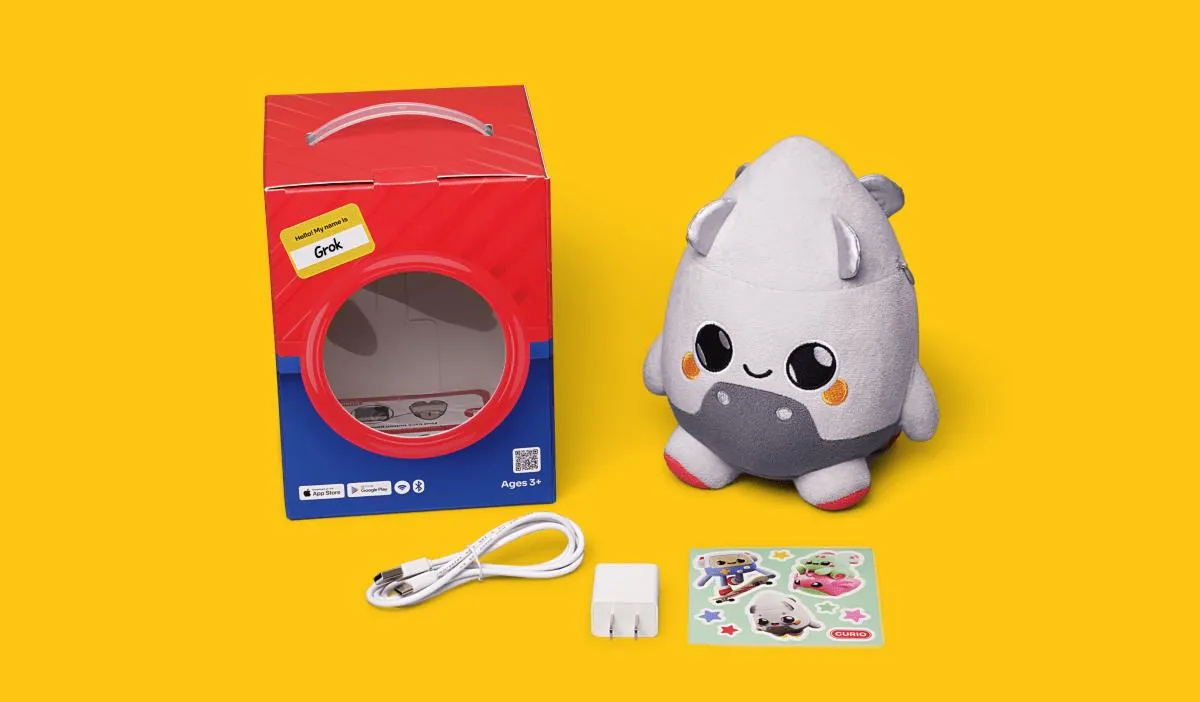
In recent years, A.I. chatbots integrated into adorable plush toys have emerged as a popular trend aimed at children. Companies marketing these A.I.-powered companions suggest they offer a viable alternative to traditional screen time, promoting interactive play without the use of tablets or televisions. However, Amanda Hess from The New York Times expresses significant concerns regarding this new form of entertainment.
During a demonstration of Grem, a plush toy developed by startup Curio, Hess encountered a mixed experience. Grem is designed to engage children in conversation and play, but Hess felt it lacked genuine warmth. She noted that instead of enhancing the experience of play, Grem felt more like a substitute for parental interaction. Hess stated, “I would not be introducing Grem to my own children,” highlighting her reservations about the emotional implications of such toys.
Hess argues that while these talking toys might keep children occupied and away from screens, they may inadvertently signal that the ultimate destination for children's curiosity is confined to their smartphones. This notion raises questions about the long-term impact of A.I. companions on children's development and their understanding of real-world interactions.
Despite her initial reservations, Hess decided to allow her children some interaction with Grem, but with a twist. She removed and concealed the voice box that powered the A.I. chatbot. This adjustment permitted her children to engage in imaginative play without the influence of A.I. dialogue. Hess observed that her kids enjoyed talking to the plush toy and playing games, but she maintained a careful boundary, ensuring that screen time remained a separate activity.
The introduction of A.I.-driven plush toys like Grem and others from Curio presents both exciting opportunities and significant challenges. While they can provide interactive play experiences, the potential replacement of human interaction with A.I. raises important questions about the implications for children's development. As parents navigate these new technologies, it is essential to find a balance between fostering creativity and ensuring healthy emotional connections in a rapidly evolving digital landscape.